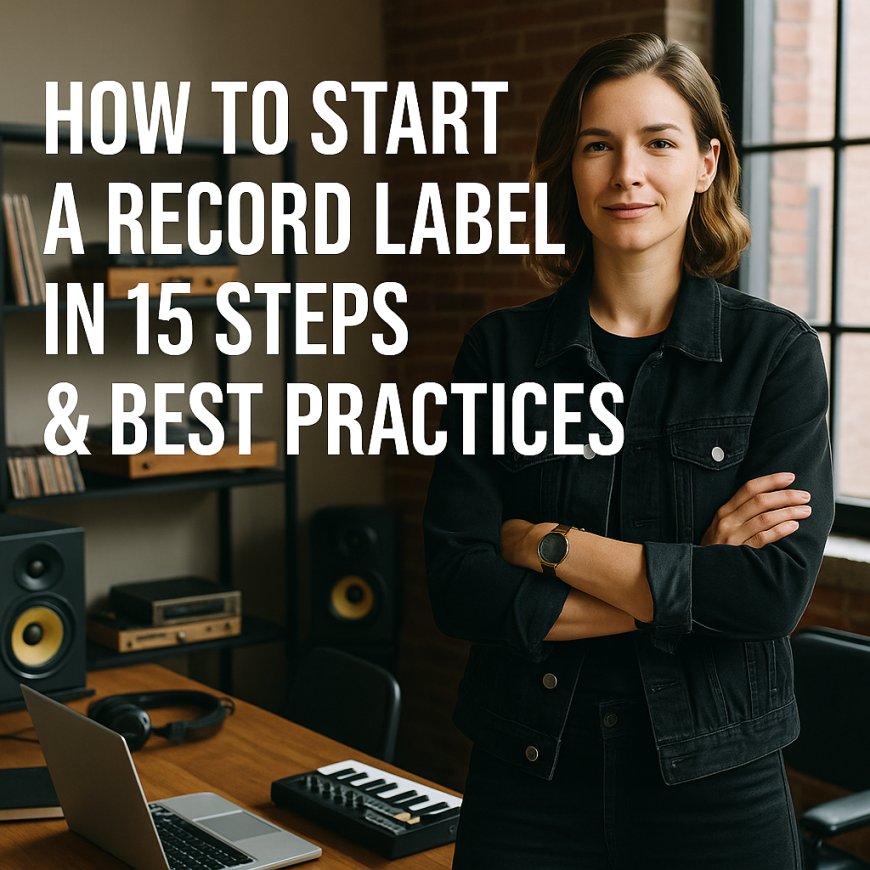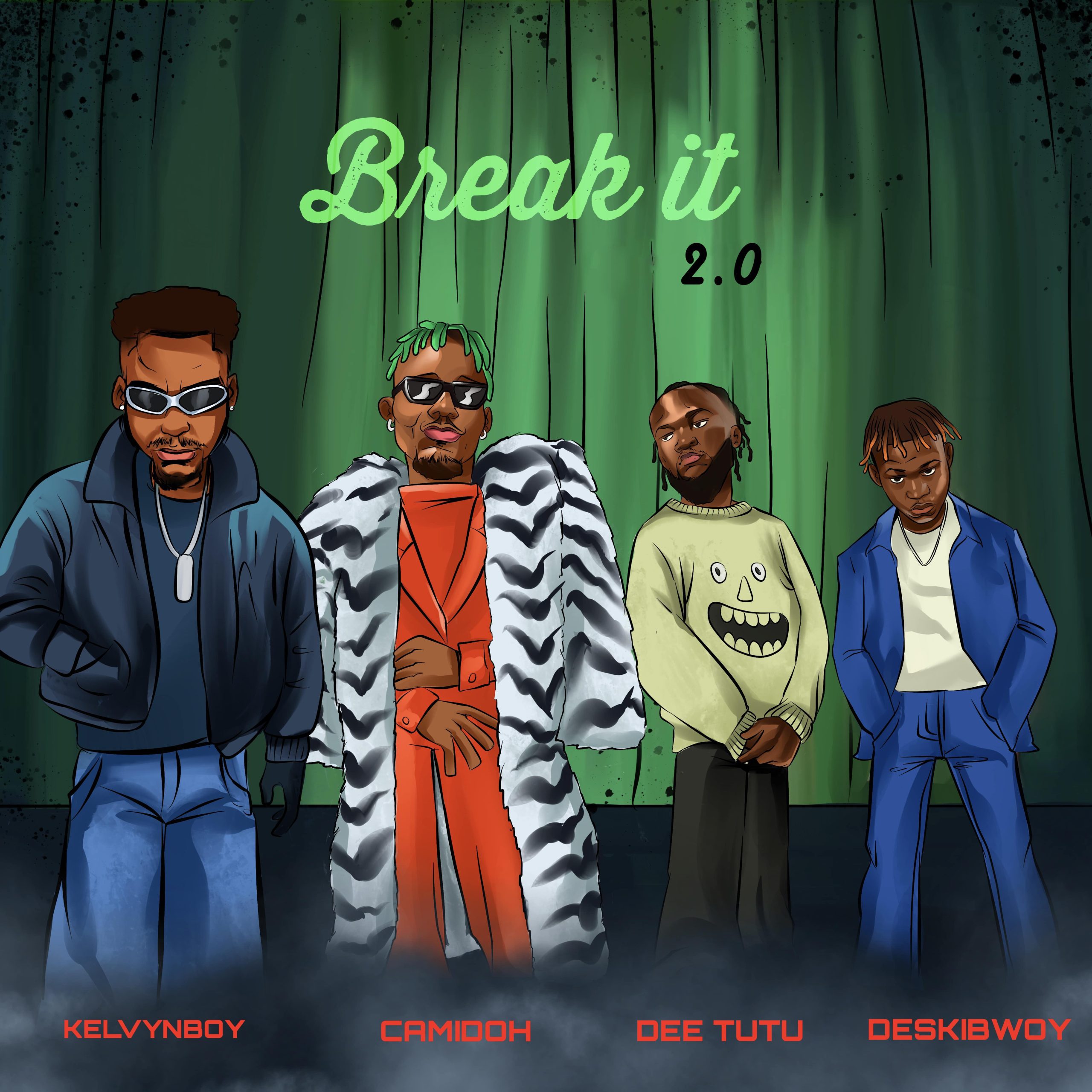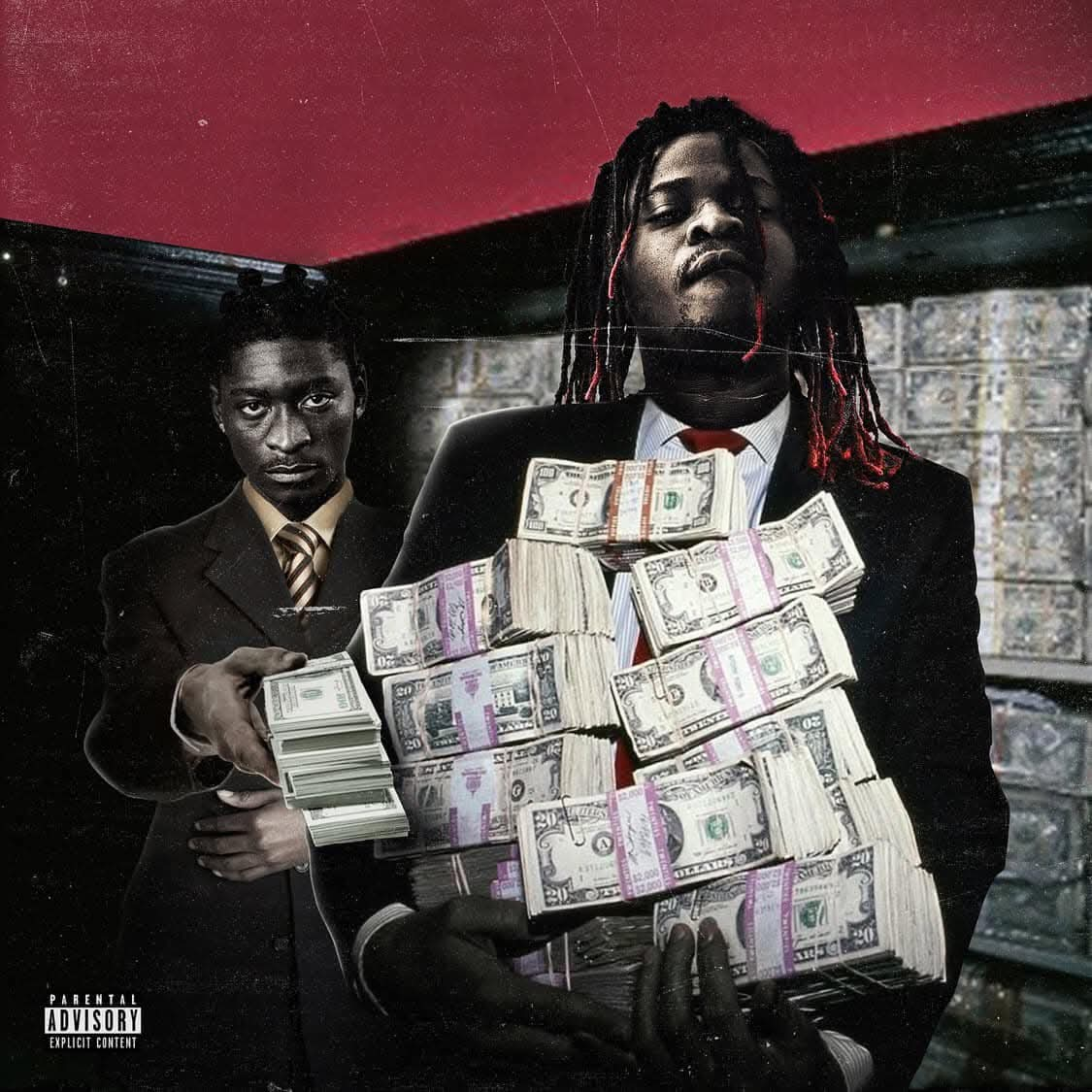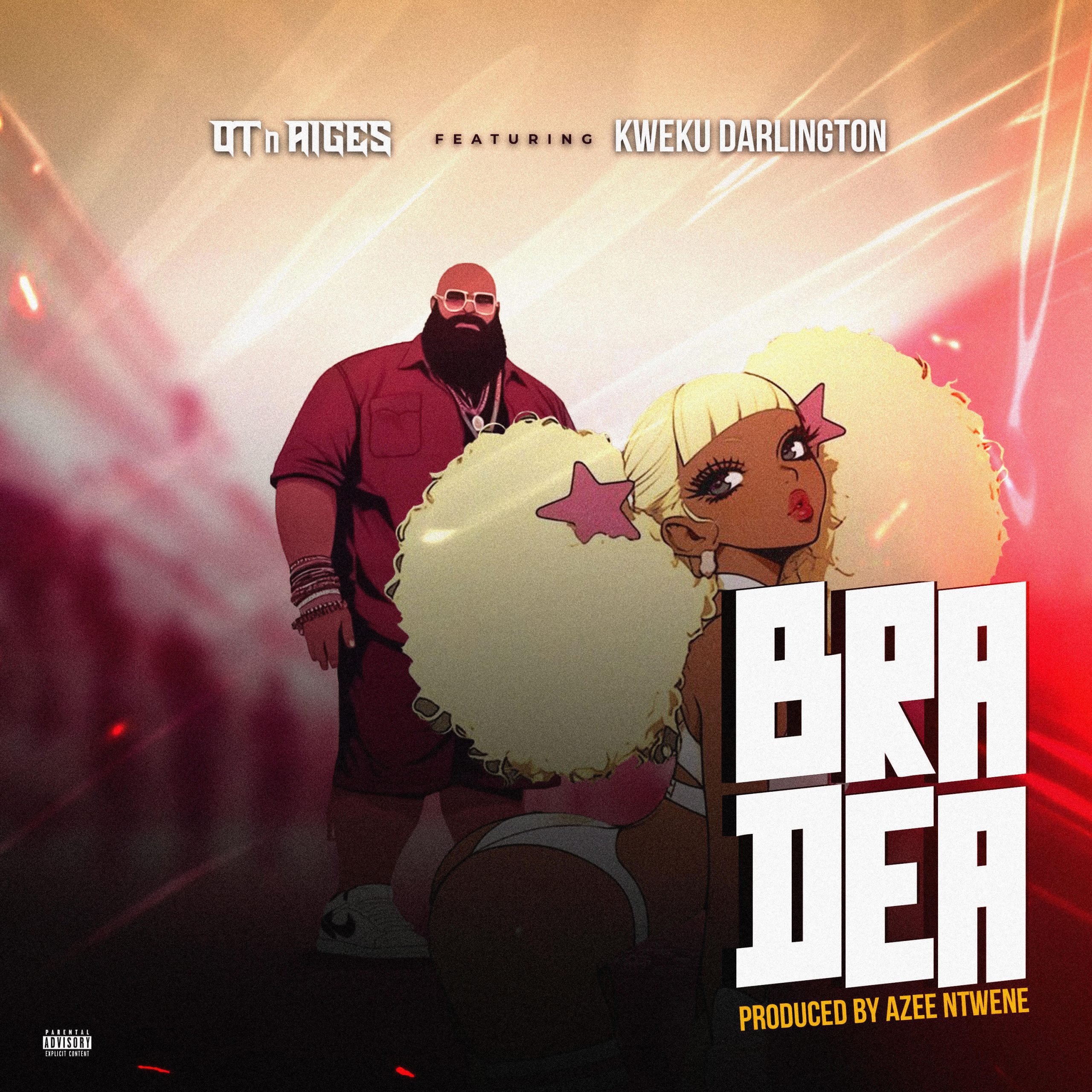How to Start a Record Label in 15 Steps & Best Practices

Starting your own record label is an exciting venture that allows you to shape musical trends and support artists you believe in. Whether you're an artist seeking control over your releases or an entrepreneur passionate about music, this guide outlines 15 essential steps and best practices to help you establish a successful record label.
1. Define Your Genre and Target Audience
Identify the specific genre or musical niche your label will focus on. Understanding your target audience helps tailor your branding, marketing strategies, and artist selection to meet their preferences.
2. Develop Your Brand Identity
Create a compelling brand that reflects your label's vision and resonates with your audience. This includes choosing a memorable name, designing a logo, and establishing a consistent aesthetic across all platforms.
3. Legally Establish Your Business
Register your record label as a legal entity, such as an LLC or corporation, depending on your location and business goals. This step provides legal protection and credibility.
4. Obtain Necessary Codes and Registrations
Secure an International Standard Recording Code (ISRC) prefix to uniquely identify your recordings. Additionally, register with performance rights organizations (PROs) and neighboring rights societies to manage royalties effectively.
5. Set Up Royalty Payment Systems
Implement a system to track and distribute royalties to your artists. This ensures transparency and builds trust with your roster.
6. Draft Standard Contracts
Create clear and fair contracts outlining the terms of your agreements with artists. Consult with legal professionals to ensure these documents protect both parties' interests.
7. Sign Talented Artists
Scout for artists whose music aligns with your label's vision. Building a diverse and talented roster is crucial for your label's reputation and success.
8. Secure Funding
Assess your financial needs and explore funding options such as personal investment, loans, or partnerships. Adequate funding is essential for production, marketing, and distribution efforts.
9. Establish Distribution Channels
Partner with digital distribution services to make your music available on streaming platforms. Consider physical distribution if it aligns with your audience's preferences.
10. Explore Synchronization Opportunities
Seek opportunities to license your music for use in films, television, and commercials. This can provide additional revenue streams and exposure for your artists.
11. Plan a Release Schedule
Develop a strategic release calendar to maintain a consistent presence in the market. Coordinate marketing efforts to maximize each release's impact.
12. Promote Your Releases
Implement marketing campaigns utilizing social media, press releases, and collaborations to generate buzz around your artists' music. Engaging storytelling and visuals can enhance audience connection.
13. Manage Royalties and Finances
Maintain accurate financial records and ensure timely royalty payments. Transparency in financial dealings fosters long-term relationships with your artists.
14. Build a Dedicated Team
As your label grows, assemble a team with expertise in areas like marketing, legal affairs, and A&R to support your operations.
15. Stay Educated and Adaptable
The music industry is constantly evolving. Stay informed about trends, new technologies, and marketing strategies. Attend workshops, webinars, and networking events to continue learning and adapting your approach.
Best Practices for Running Your Record Label
-
Maintain Consistent Branding: Ensure all aspects of your label, from visuals to communication, align with your brand identity.
-
Prioritize Clear Contracts: Always formalize agreements with artists to prevent misunderstandings and protect all parties involved.
-
Stay Data-Informed: Utilize analytics to understand your audience's behavior and preferences, guiding your marketing and release strategies.
-
Foster Artist Development: Invest in your artists' growth by providing resources and support to enhance their careers.
Embarking on the journey of starting a record label is both challenging and rewarding. By following these steps and best practices, you can build a label that not only thrives in the industry but also makes a meaningful impact on artists' careers and the music landscape.
What's Your Reaction?
 Like
0
Like
0
 Dislike
0
Dislike
0
 Love
0
Love
0
 Funny
0
Funny
0
 Angry
0
Angry
0
 Sad
0
Sad
0
 Wow
0
Wow
0




























